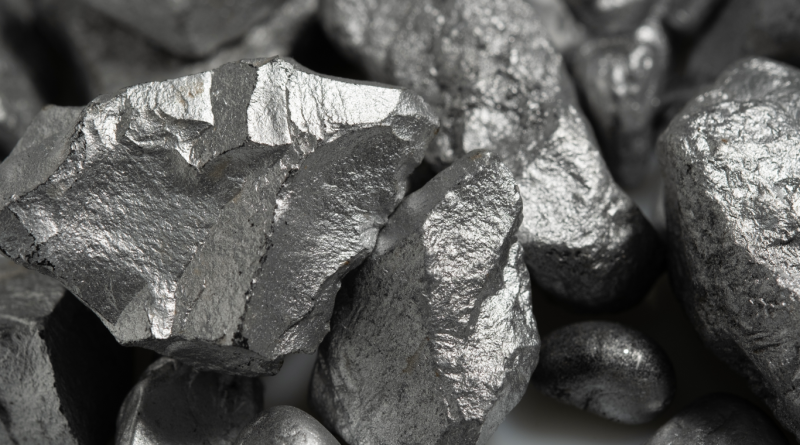Top 5 Rare Earth Elements Powering Modern Technology
Rare earth elements (REEs) are a group of 17 chemically similar metallic elements, including the 15 lanthanides along with scandium and yttrium. Despite their name, these elements are relatively abundant in the Earth’s crust but are rarely found in concentrated forms, making their extraction and processing challenging. Their unique magnetic, luminescent, and electrochemical properties make them indispensable in various high-tech applications, from smartphones and electric vehicles to renewable energy systems and defense technologies.
The global demand for REEs has surged in recent years, driven by advancements in technology and the transition towards green energy solutions.
1. Neodymium (Nd): The Magnet King
Neodymium is a key component in the production of high-strength permanent magnets, known as neodymium-iron-boron (NdFeB) magnets. These magnets are essential in various applications:
- Electric Vehicles (EVs): NdFeB magnets are used in the motors of EVs, contributing to their efficiency and performance.
- Wind Turbines: The magnets are integral to the operation of wind turbine generators, enhancing energy conversion efficiency.
The growing adoption of EVs and renewable energy technologies has led to a significant increase in neodymium demand. However, mining and processing neodymium present environmental challenges, including habitat disruption and the generation of radioactive waste. Companies like MP Materials are working to develop more sustainable extraction and processing methods to mitigate these impacts.
2. Dysprosium (Dy): Strengthening High-Temperature Applications
Dysprosium is added to neodymium-based magnets to enhance their performance at high temperatures, making it crucial for:
- Aerospace and Defense: Components that operate under extreme conditions, such as jet engines and missile systems, rely on dysprosium-enhanced magnets.
- Electric Vehicles: Dysprosium improves the thermal stability of magnets used in EV motors, ensuring consistent performance.
The extraction of dysprosium is environmentally intensive, often involving the use of acids and solvents that can lead to soil and water contamination. Efforts are underway to develop more sustainable mining practices and recycling methods to reduce the environmental footprint associated with dysprosium production.
3. Lanthanum (La): The Catalyst in Innovation
Lanthanum is utilized in several applications that contribute to technological advancements:
- Catalytic Converters: Lanthanum-based catalysts are used in automotive catalytic converters to reduce harmful emissions.
- Battery Technologies: Lanthanum is a component in nickel-metal hydride (NiMH) batteries, commonly used in hybrid vehicles.
While lanthanum itself is not highly toxic, the mining process can result in environmental degradation, including deforestation and water pollution. Companies are exploring alternative materials and more efficient recycling processes to lessen the environmental impact of lanthanum extraction
4. Terbium (Tb) and Yttrium (Y): Lighting Up the Future
Terbium and yttrium are essential in the production of phosphors used in lighting and display technologies:
- LED Lighting: Terbium-doped phosphors are used in green phosphors for LED lights, contributing to energy-efficient lighting solutions.
- Medical Applications: Yttrium-90, a radioactive isotope, is used in cancer treatment through targeted radiotherapy.
The extraction and processing of these elements pose environmental challenges, including the generation of toxic waste and the potential for radioactive contamination. Companies are investing in research to develop more sustainable extraction methods and to improve the recyclability of products containing these elements.
What Impact Does Mining Rare Earth Elements Have?
The extraction and processing of REEs have significant environmental and geopolitical implications:
- Environmental Impact: Mining activities can lead to deforestation, soil erosion, and contamination of water sources with heavy metals and radioactive materials. The processing of REEs often involves the use of hazardous chemicals, resulting in toxic waste that is difficult to manage.
- Geopolitical Challenges: The concentration of REE production in China has led to supply vulnerabilities for other nations. Efforts are being made to diversify the supply chain, with countries like the United States and Australia investing in domestic mining and processing capabilities.
To address these challenges, there is a growing emphasis on developing sustainable mining practices, enhancing recycling efforts, and investing in research for alternative materials. International collaborations and policy initiatives are also being pursued to create a more resilient and environmentally responsible REE supply chain.
